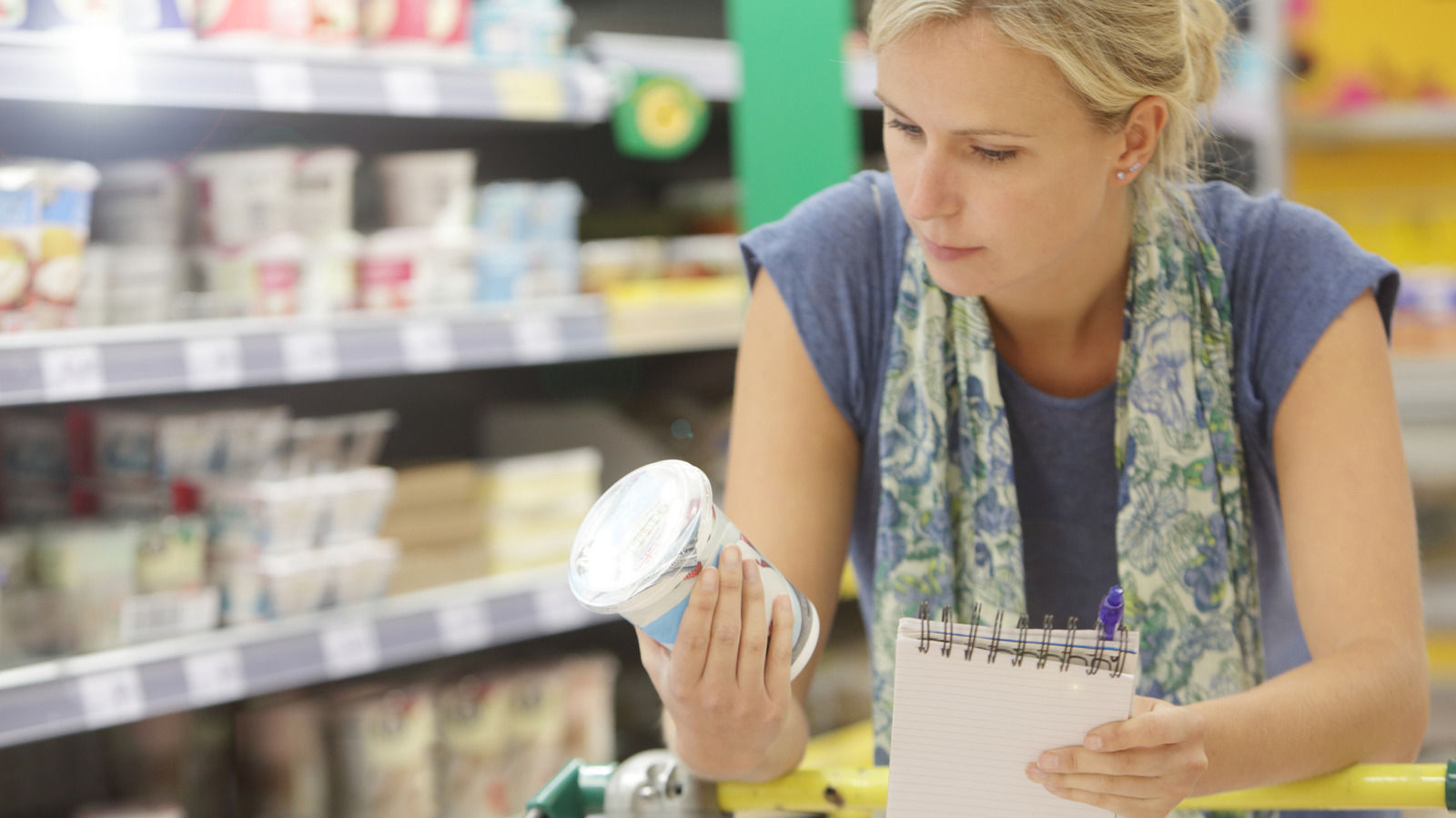
"A recent example you've probably heard about is the growing popularity of "non-alcoholic" beer, which actually does have some small amount of alcohol in it, and is legally allowed to contain up to 0.5% alcohol by volume. And it turns out that labels like fat-free, sugar-free, and salt-free all contain similar loopholes. These labeling terms are regulated by the Food and Drug Administration (FDA), and the government agency does allow trace amounts of sugar, fat, or salt in products labeled "free" of these substances."
"The amounts allowed are measured by serving, and for sugar and fat, a product can still contain up to 0.5 grams of either and still be labeled sugar-free or fat-free. This amount applies to both naturally occurring sugar and added sugar. Serving sizes that allow up to 0.5 grams of fat or sugar are determined by what the FDA calls "reference amounts customarily consumed." For example, one serving of bread is 50 grams, while one serving of a carbonated beverage is 12 fluid ounces."
Labels such as "fat-free," "sugar-free," and "salt-free" are regulated by the FDA and may allow trace amounts of those ingredients. The FDA permits up to 0.5 grams of fat or sugar per serving for "free" claims, and that allowance applies to both naturally occurring and added sugars. Serving sizes are determined by reference amounts customarily consumed, so a 12-fluid-ounce soda counts as a single serving and could contain 0.5 grams of sugar and still be labeled "sugar-free." Non-alcoholic beer can legally contain up to 0.5% alcohol by volume, illustrating similar labeling loopholes. Half a gram of sugar equals about one-eighth teaspoon.
Read at Tasting Table
Unable to calculate read time
Collection
[
|
...
]